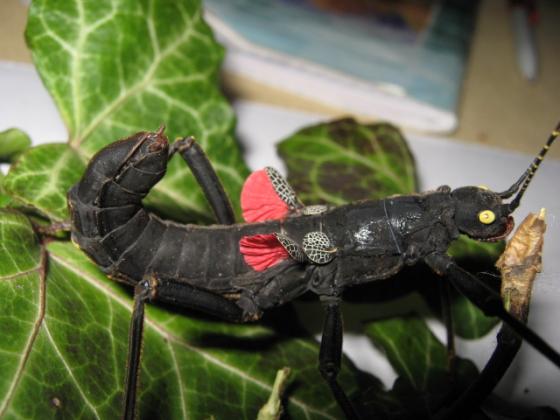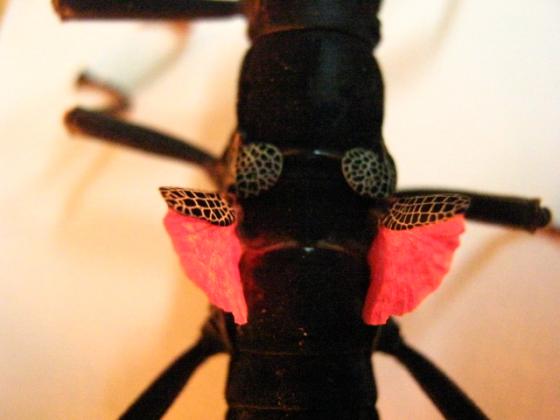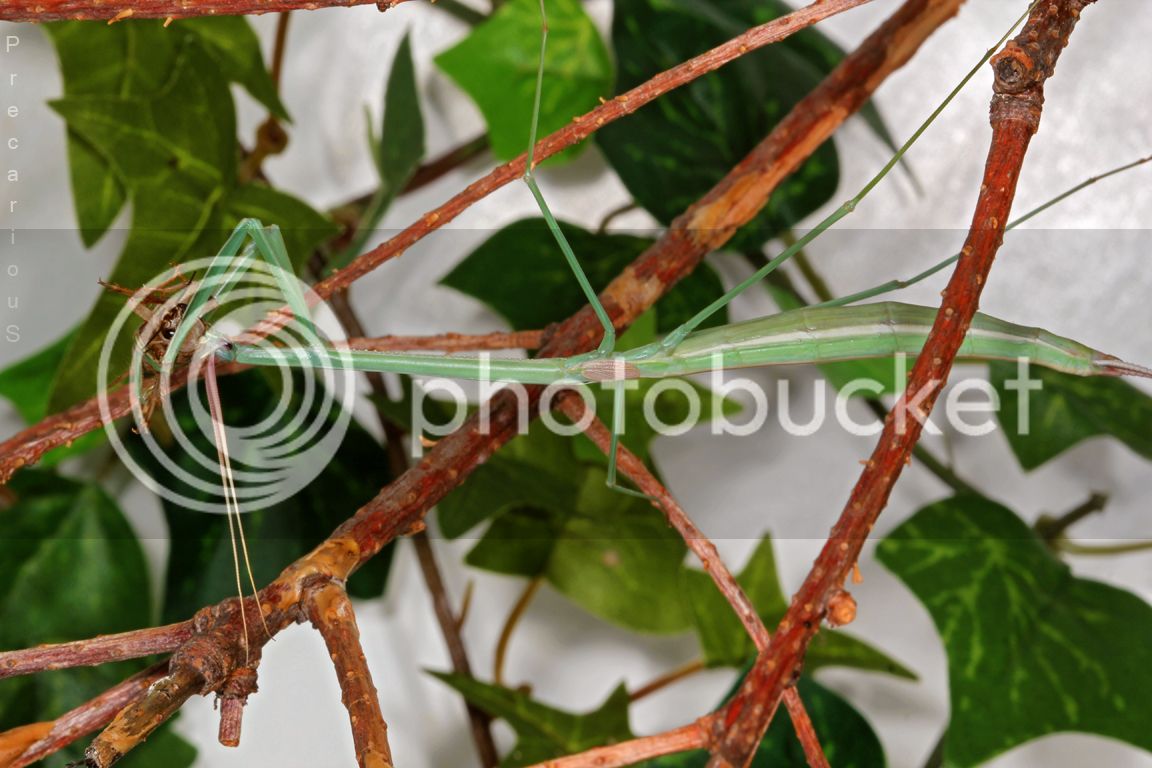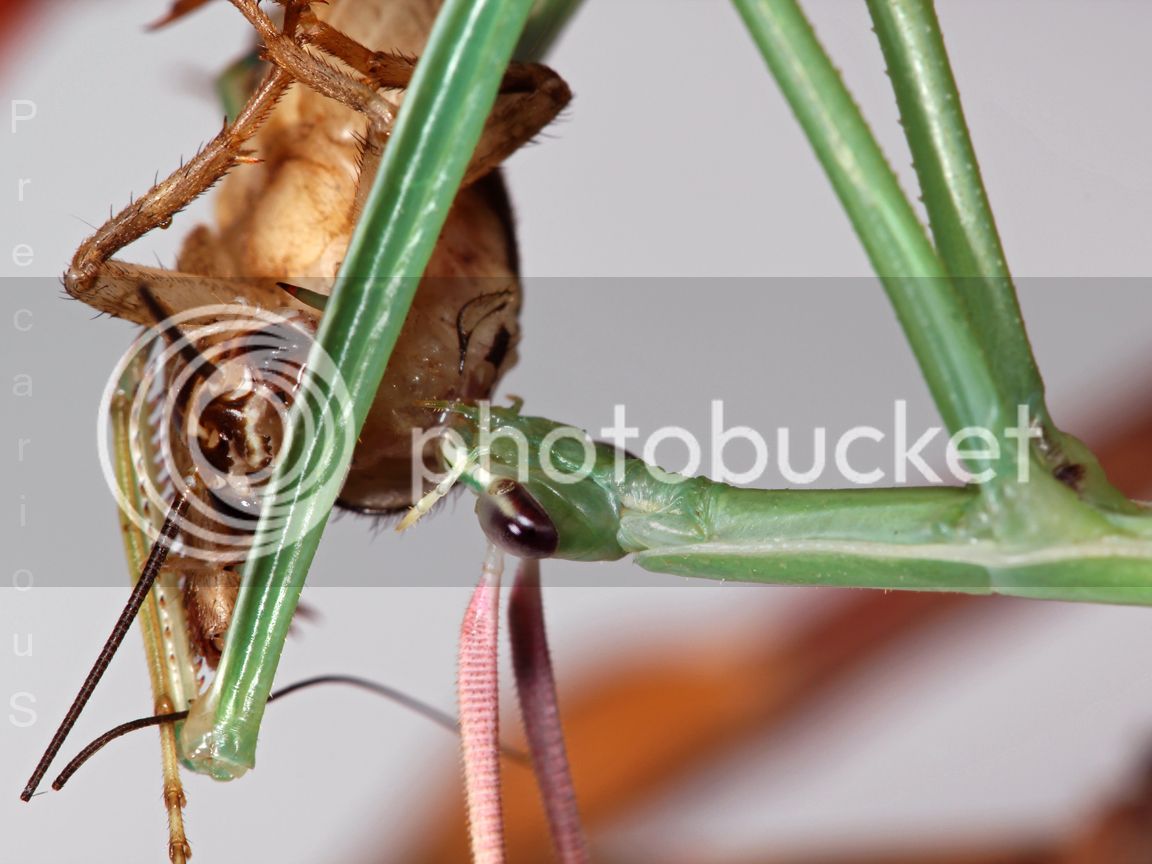WANTYou got it. That and you will always find more developed wings on males of most species because the male generally has to travel to find the females "calling" with pheromones. No need for travel means less need for wings once the imperative to mate is gone. No males in the species? Even more genetic reason to lose the wings as there is no direct relation to males who need/have wings.
Just as with phasmids they are reduced to what passes as a threat sign.
Example:
Peruphasma schultei (not my photos)


i hate how every pholiage consuming insect is illegal in the US






































